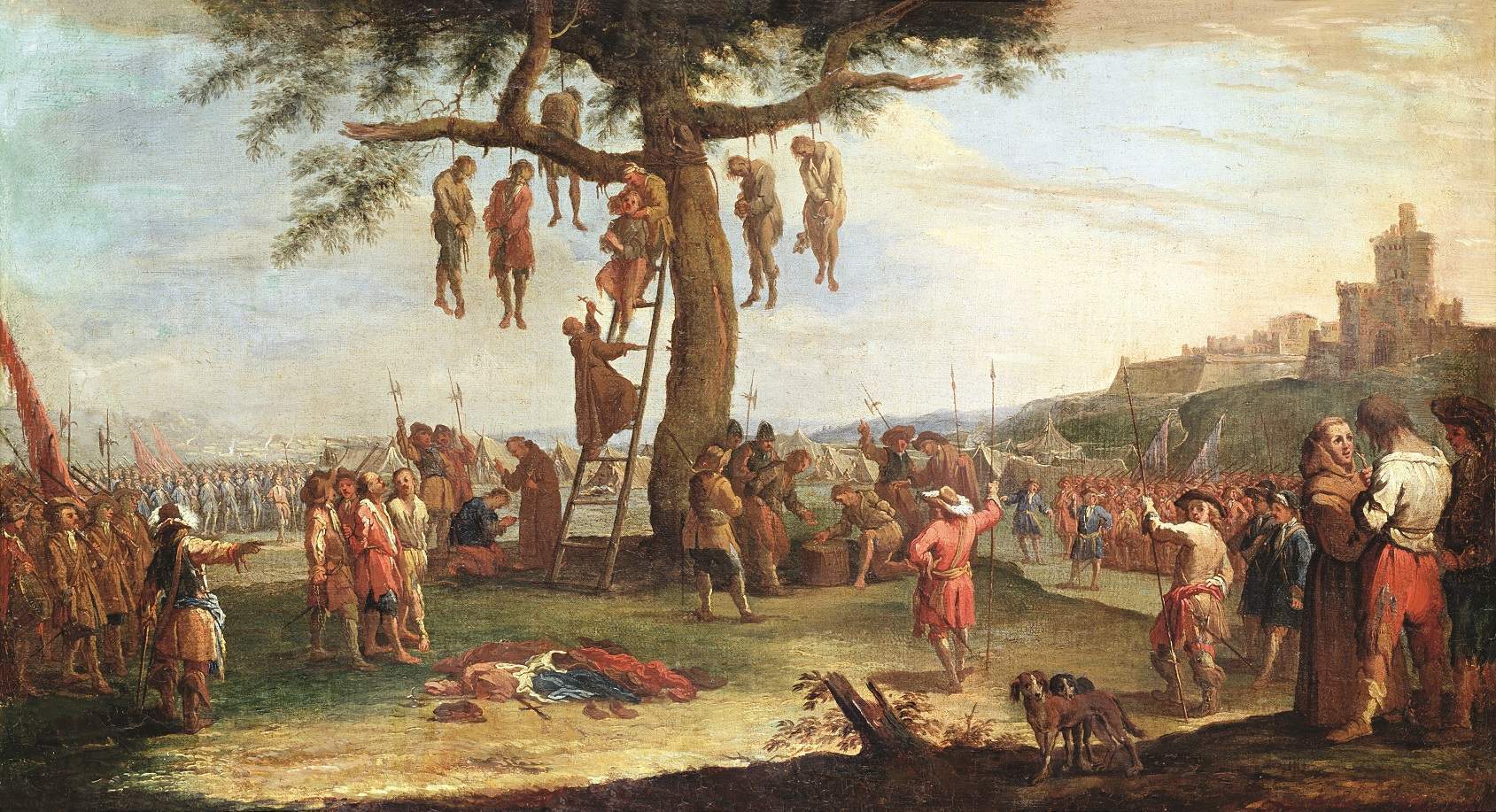The terms of the peace extended the Augsburg settlement to Calvinists as well as to Lutherans and Catholics. Princes would still “determine” the faith of their subjects, but the right of dissidents to emigrate was recognized. In most of Protestant Germany, multiplicity of sects was in fact accepted.
On the question of ecclesiastical reservation, 1624 was designated as the base year for establishing the status of church property. For Protestants this was a great advance over the Edict of Restitution, since states forcibly converted to Catholicism during he war won the right to revert to Protestantism. For Protestants in Habsburg territories, however, there was no toleration.
Though some of the separate German states came out well, Germany itself was a victim. France secured part of Alsace and sovereignty over the bishoprics of Metz, Toul, and Verdun. Sweden received much of Pomerania plus three votes in the German Diet and a large cash indemnity. As recompense for the loss of Pomerania, Brandenburg received the archbishopric of Magdeburg and several other bishoprics. The family of Maximilian of Bavaria kept the electoral vote of the Palatinate and a part of its territory; the rest was returned to the son of Frederick, who was restored as an elector, thus raising the total number of electors to eight.
The individual German states secured the right to conduct their own foreign affairs, making treaties among themselves and with foreign powers if these were not directed against the emperor. This principle of Landeshoheit was a face-saver for the Habsburgs, for the fact that the constituent states now had their own foreign services, their own armies, their own finances showed that the Holy Roman Empire was no longer a viable political entity. The Westphalian settlement also formally recognized the independence of the Dutch republic, already independent for over half a century, and of the Swiss Confederation, the nucleus of which had broken away from Habsburg control during the later Middle Ages.
The final outcome of the war raised almost as many problems as it solved. It did not end hostilities between two of the chief belligerents, France and Spain, who continued to fight for another eleven years, until the Treaty of the Pyrenees in 1659. The Peace of Westphalia satisfied neither the pope, who denounced it, nor many Protestants, who felt betrayed by it. Politically, the fresh successes of German particularism limited the Habsburgs’ direct power in Germany tot heir family lands and enabled such states as Bavaria, Saxony, and above all, Brandenburg-Prussia to move to the fore in German affairs.
One can appreciate why several modern historians have pronounced the Thirty Years’ War a crucial event in the development of a “crisis” in seventeenth-century Europe. Whether the problems stemming from the Thirty Years’ War induced, prolonged, or merely revealed a crisis in European societies, there can be no question that it made Europeans aware of the need for stability in matters of state and concerned with issues that could create the stability and security they lacked.

